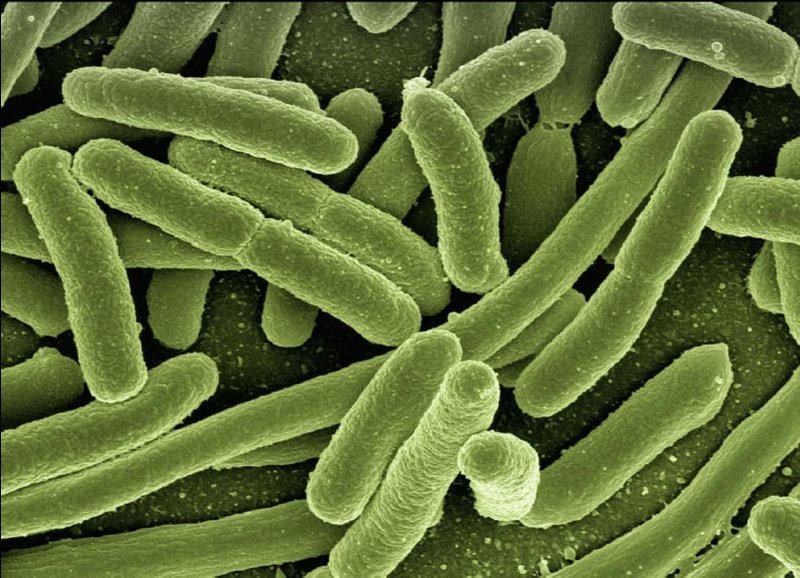A Novel Technology to Monitor Cardiopulmonary Disease
Over 80 million Americans have some type of cardiopulmonary disease, and over 65% of people aged 60-79 years old have cardiopulmonary disease, which refers to any disease affecting either the heart or the lungs. The heart and lungs are closely connected, so any disruption in the function of either of the vital organs is detrimental. One of the most important steps in managing cardiac diseases is monitoring patients. This is typically done in the form of an electrocardiogram (EKG), a test that measures the electrical activity of the heart. Getting an EKG would require the patient to visit a clinic. However, it can be a substantial effort for older patients to come into a clinic regularly. In addition, cardiac monitoring through an EKG does not help patients know in real time if there are any significant changes in their EKG, which can often be a sign of worsening condition.
One alternative to the frequent clinic visits is the Holter monitor. The Holter monitor is a portable cardiac monitoring device that can be worn around the patient's neck. Older patients who are unable to come into a clinic regularly are able to monitor their cardiac activity at the convenience of their home. However, the Holter monitors are often bulky and uncomfortable. Furthermore, they require a skilled technician to place the patches and wires in the correct position.
One alternative to the frequent clinic visits is the Holter monitor. The Holter monitor is a portable cardiac monitoring device that can be worn around the patient's neck. Older patients who are unable to come into a clinic regularly are able to monitor their cardiac activity at the convenience of their home. However, the Holter monitors are often bulky and uncomfortable. Furthermore, they require a skilled technician to place the patches and wires in the correct position.
Image Source: Alterfines
A group of scientists at Georgia Tech have come up with a solution to the bulky and outdated Holter monitor. They have created a wearable device called the accelerometer contact microphone (ACM) that is able to monitor six important health factors: heart and respiratory rate, heart sounds, lung sounds, and the body motion and position of a patient. This device is a small 2mm by 2mm microchip that is worn on the chest.
The data gathered from the ACM device can continually be sent to a physician, who is able to monitor a patient’s cardiac output remotely. The ACM would allow patients to reduce the frequency of clinical visits while still being safe and monitored. In an event of a sudden change in cardiac signals, the patient’s medical team would be notified, and the patient would be able to receive quick and adequate care.
Another noteworthy advantage of the ACM is that it can help to diagnose individuals developing cardiopulmonary disease who may still be asymptomatic. One cardiac disease known as congestive heart failure (CHF) is highly under-diagnosed, and the only way for early detection would be to screen the patient over an extended period of time. Using the Holter monitors to test asymptomatic patients is not ideal, since it requires a complicated setup and is extremely bulky. However, with the ACM, doctors can ask their patients to wear this device for 2-3 weeks with little interference in their daily lives. Diagnosing CHF early using this device can have a substantial effect on the treatment and outcomes of these patients.
The accelerometer contact microphone is a big breakthrough in cardiopulmonary monitoring technology. It facilitates easy cardiac monitoring from the home and would allow patients to come into the clinic less frequently while still ensuring proper care. In addition, it provides a way to easily monitor asymptomatic patients who may be unaware of a developing cardiopulmonary disease. The potential benefits of ACM in both convenience and efficacy paves an encouraging future for wearable monitoring technologies.
The data gathered from the ACM device can continually be sent to a physician, who is able to monitor a patient’s cardiac output remotely. The ACM would allow patients to reduce the frequency of clinical visits while still being safe and monitored. In an event of a sudden change in cardiac signals, the patient’s medical team would be notified, and the patient would be able to receive quick and adequate care.
Another noteworthy advantage of the ACM is that it can help to diagnose individuals developing cardiopulmonary disease who may still be asymptomatic. One cardiac disease known as congestive heart failure (CHF) is highly under-diagnosed, and the only way for early detection would be to screen the patient over an extended period of time. Using the Holter monitors to test asymptomatic patients is not ideal, since it requires a complicated setup and is extremely bulky. However, with the ACM, doctors can ask their patients to wear this device for 2-3 weeks with little interference in their daily lives. Diagnosing CHF early using this device can have a substantial effect on the treatment and outcomes of these patients.
The accelerometer contact microphone is a big breakthrough in cardiopulmonary monitoring technology. It facilitates easy cardiac monitoring from the home and would allow patients to come into the clinic less frequently while still ensuring proper care. In addition, it provides a way to easily monitor asymptomatic patients who may be unaware of a developing cardiopulmonary disease. The potential benefits of ACM in both convenience and efficacy paves an encouraging future for wearable monitoring technologies.
RELATED ARTICLES
|
Vertical Divider
|
Vertical Divider
|
Vertical Divider
|






